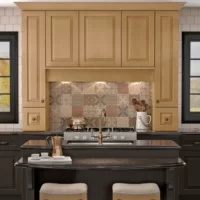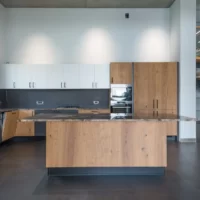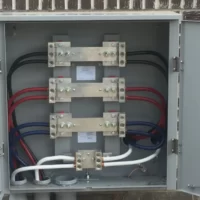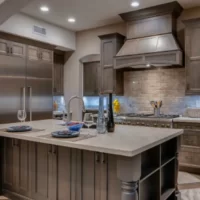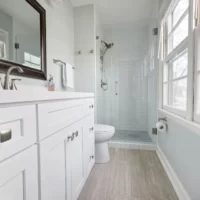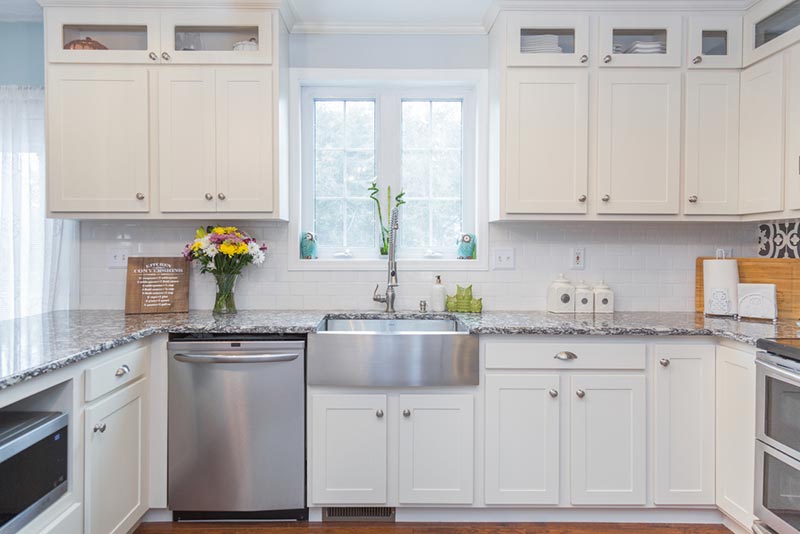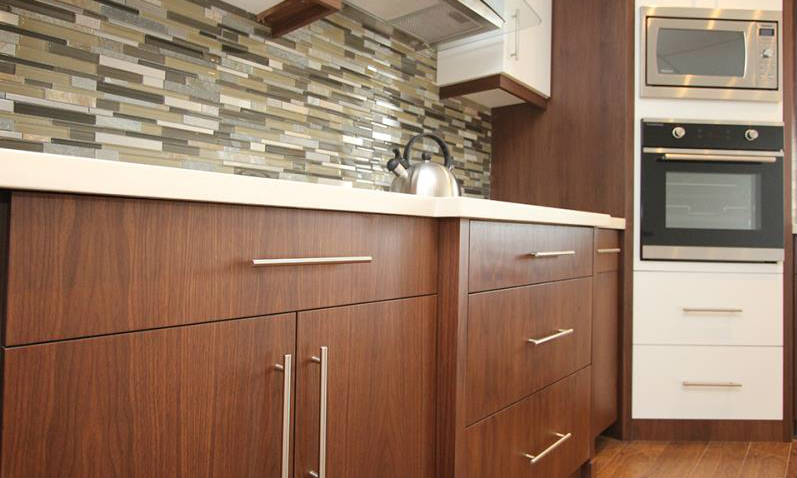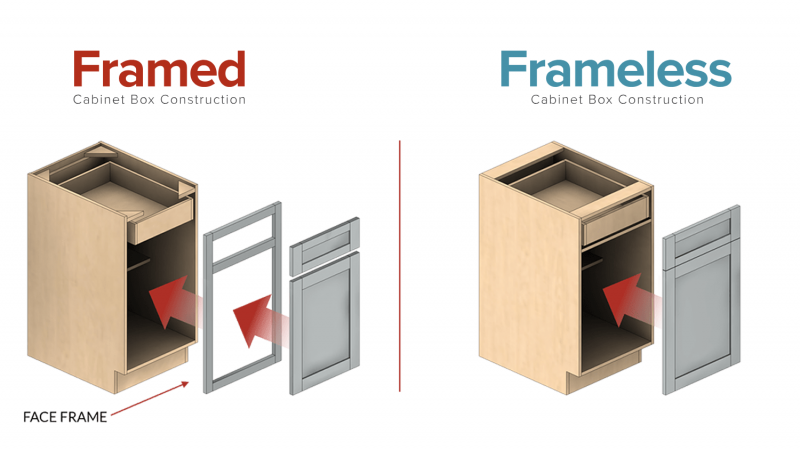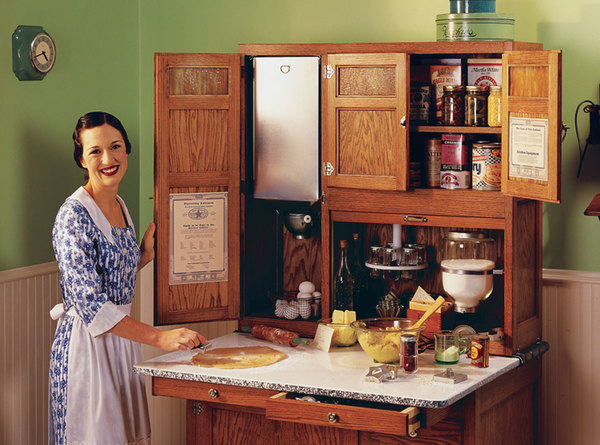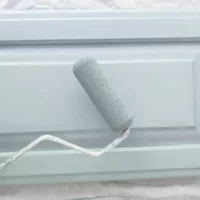Have you heard of CT cabinet but are not sure what is it exactly? This is a comprehensive guide to this kind of cabinet.
The CT cabinets are an essential part of electrical metering systems and are used both indoor and outdoor and in homes and industries.
They are the containers that the mounted current transformers are contained in. The cabinets are designed to create a physical barrier that prevents electrocution as well.
To learn more, continue reading!
Table of Contents
Types of CT Cabinets
The National Electrical Manufacturers Association (NEMA) and/or Underwriters Laboratories (UL) have safety standards for equipment that must be met by manufacturers of CT cabinets. Today, UL Type 1 and NEMA Type 3R are essentially the standards for current transformer cabinets.
There are other well-known CT cabinets, though, with different NEMA ratings. The different environments in which you can use electrical enclosures are also specified by NEMA ratings. These include:
- NEMA Type 1,
- NEMA Type 2,
- NEMA Type 3,
- NEMA Type 3R,
- NEMA Type 4,
- NEMA Type 4x,
- and more
Current transformer cabinets can also be classified according to their designs. These include:
- CT cabinets with a pedestal mount or freestanding.
- mounted CT cabinets on the wall.
- Pad-mounted cabinets
The Fabrication of CT Cabinets
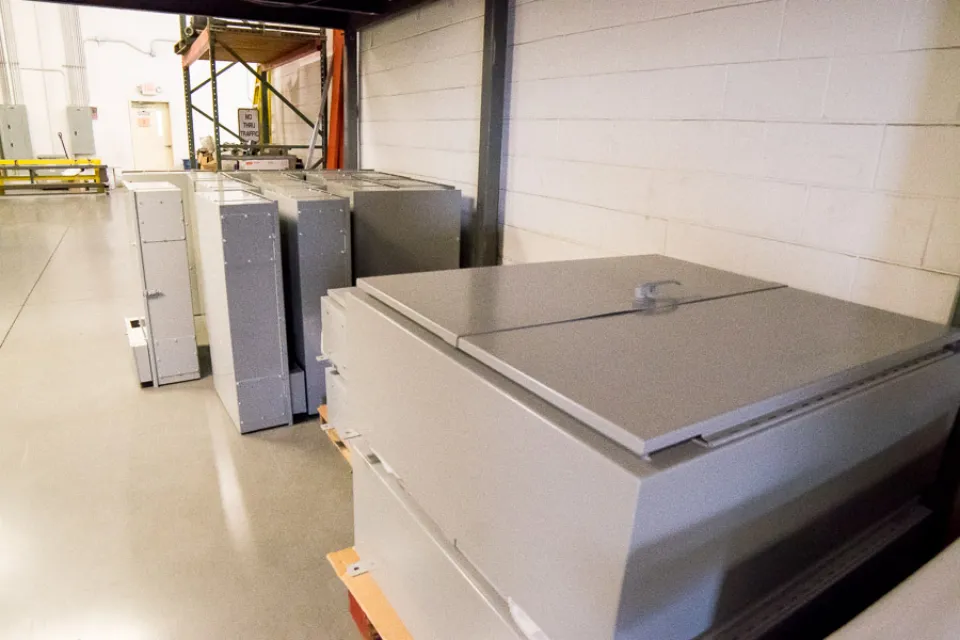
The majority of electrical enclosures used in business are frequently made of metal. Galvanized iron, carbon steel, aluminum, and stainless steel are the most popular materials used to make current transformer cabinets.
CT cabinets are frequently made using methods like welding, cutting, and bending. However, cabinets made of synthetic materials are not uncommon. NJ Sullivan is a custom metal fabrication company and does not manufacture cabinets from synthetic materials.
The Doors of CT Cabinets
Cold-rolled sheets are frequently used in the construction of electrical cabinet doors. All doors must only open laterally by at least 120 degrees. They must have a handle that facilitates their operations.
The hinges must be constructed of stainless steel, bronze, aluminum, or galvanized, chromed, nickel-plated metal. To firmly secure the structure’s door, these hinges must be powerful enough. Keep in mind that during installation, care must be taken to prevent the door from losing its protective powder coating.
It should be simpler for you to install and use your CT cabinets if you are aware of the ratings, design, and enclosure material. This might also save you from making costly installation errors.
Also Read: Modern Cabinet Door Styles
Final Words on CT Cabinets
The current transformer (CT) converts primary current into a secondary current of smaller or larger value through a certain transformation ratio.
The current transformer typically reduces strong current for protection, measurement, and other reasons. It’s critical to guard against potential electric shocks for users and operators due to the strong currents coming in. CT cabinets assist in achieving this.
Read More:
FAQs
When is a CT Cabinet Required?
They are used when a member’s electrical needs are more than 400 amps of three-phase or single-phase service.
Who Makes CT Cabinets?
EMI, Inc. manufactures current transformer cabinets that meet the specific requirements of many utilities.
Which Quality is Best for Kitchen Cabinets?
The best material for kitchen cabinetry is solid wood.




